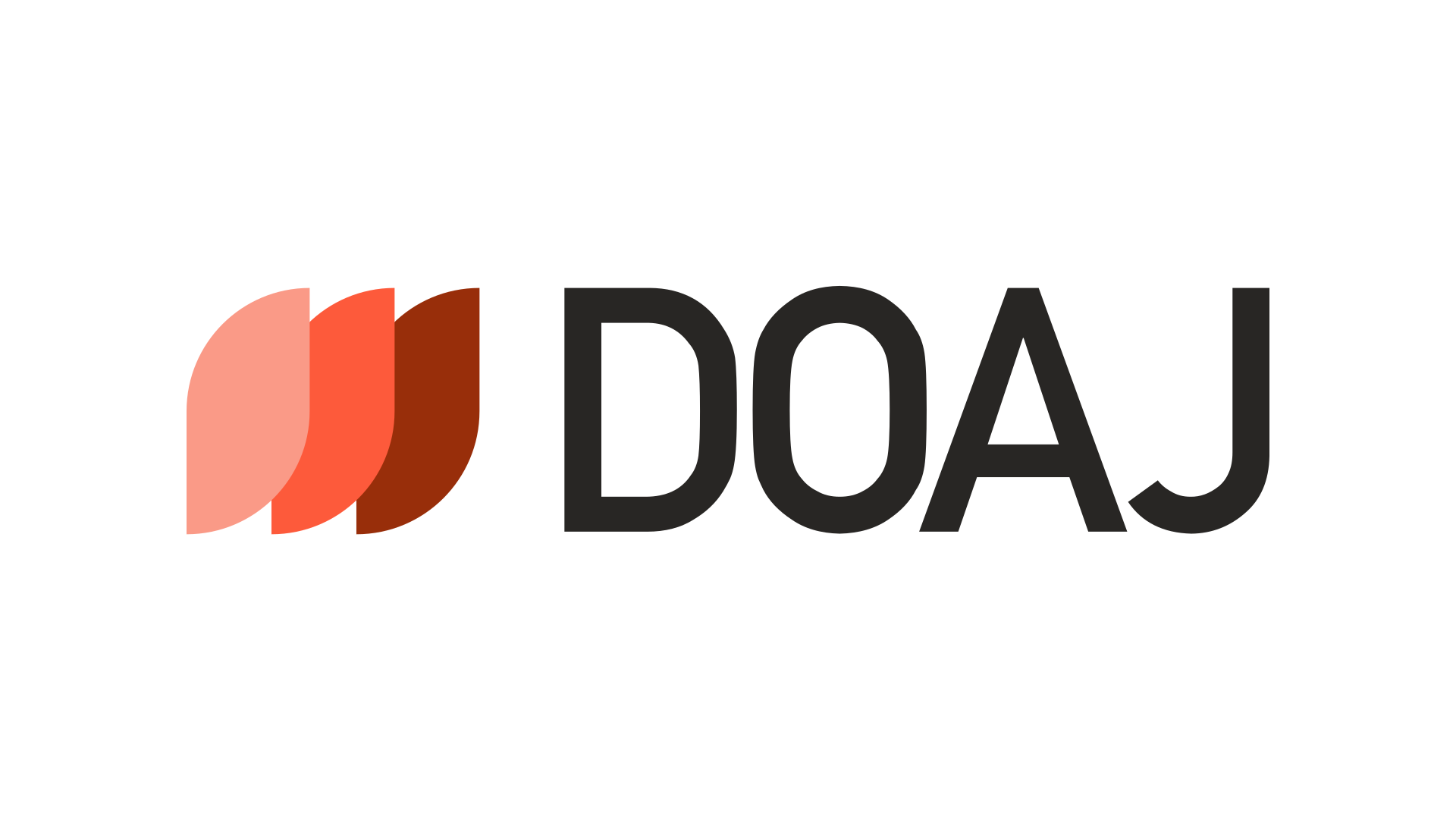Abstract
This paper aims to explore to what extent the usage of geospatial imagery can serve as a tool for atrocity prevention in a context of armed conflict and post-conflict. While most attention has been paid to the use of geospatial imagery to document mass atrocities for advocacy and accountability purposes, less attention has attracted the potential of this technology as a preventive tool. In the case of Myanmar, a special interest is on how to advance in the use of geospatial imagery to guarantee the safe return of the Rohingya refugees and how to prevent acts of genocide after the coup d’état by the military junta in 2021. The paper argues that one of the greatest advantages of the geospatial technology is the ability to monitor human rights violations in a large scale without violating the territorial integrity of the state. Beyond advocacy efforts, geospatial imagery can have a greater value for conflict analysis and early warning by helping organizations performing on the ground to coordinate their responses. Despite having access to more sophisticated tools, like the use of geospatial imagery, to assist atrocity early warning, the political will to intervene remains crucial to adopt measures to prevent mass atrocities.
First Page
96
Last Page
111
Acknowledgements
I would like to thank Cathy Buerger for her observations and recommendations on an earlier version of this article, and I would also like to thank the editors of this special issue, Kristina Hook and Jamie Wise, for their valuable comments and suggestions in writing the manuscript.
DOI
https://doi.org/10.5038/1911-9933.18.1.1958
Recommended Citation
Calvet-Martínez, Elisenda
(2024)
"The Use of Geospatial Imagery in Myanmar for Mass Atrocity Prevention,"
Genocide Studies and Prevention: An International Journal:
Vol. 18:
Iss.
1:
96–111.
DOI:
https://doi.org/10.5038/1911-9933.18.1.1958
Available at: https://digitalcommons.usf.edu/gsp/vol18/iss1/10
Creative Commons License

This work is licensed under a Creative Commons Attribution-Noncommercial 4.0 License
Included in
Holocaust and Genocide Studies Commons, Human Rights Law Commons, International Humanitarian Law Commons, International Law Commons



